Common routing tasks |
||||
 |
||||
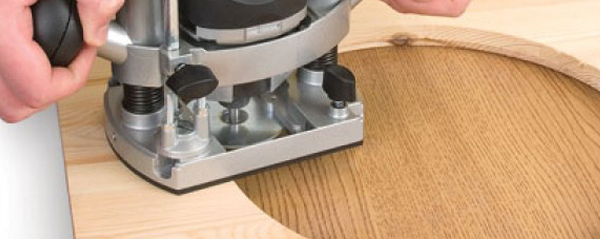 |
Routers cut and shape various materials for many different purposes. Here is a list, and a brief explanation, of some of the applications routers are commonly used for. |
|||
Routing grooves |
||||
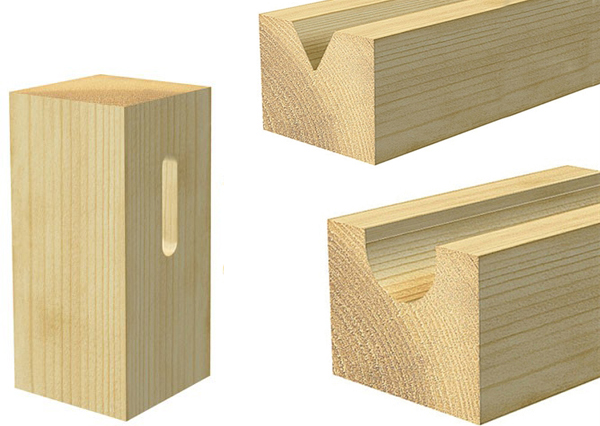 |
A groove is a long cut made in the surface of a material. Straight or spiral router bits make flat-bottomed grooves, V-groove cutters make V-shaped grooves, and round nose cutters make rounded grooves. Grooves can be needed for several reasons and routers can easily cut then in various materials. Grooves can be routed to span the full length of a material or they can be a stopped grooved which span only a specific length within a material. |
|||
Routing a cove |
||||
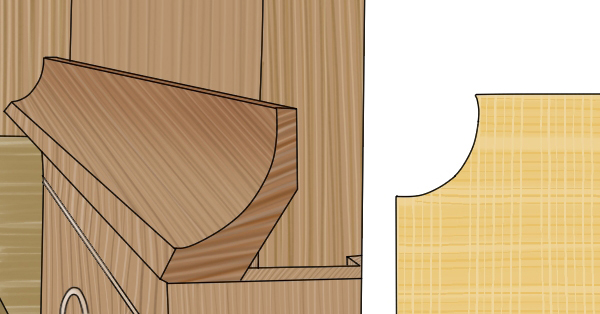 |
A cove is a rounded groove made on the edge of a material. It can be made using a cove, radius, or round nose router bit. Cove cuts are often used to produce decorative fluting in woodwork and they are commonly used in conjunction with a round over, or ovolo, cut to make drop-leaf table joints. |
|||
Routing a rebate |
||||
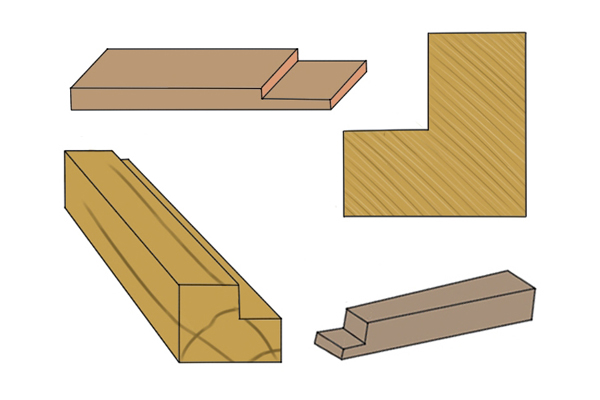 |
A rebate is a 90-degree groove cut along the edge of a piece of material. They're mostly used in joint-making, particularly in the construction of lap joints. A lap joint is made by cutting a rebate on the end of two pieces of material. The two pieces are then overlapped, and the rebates fastened together to make a secure joint. A rebate can be cut with a straight or rebate router bit. |
|||
Routing a chamfer |
||||
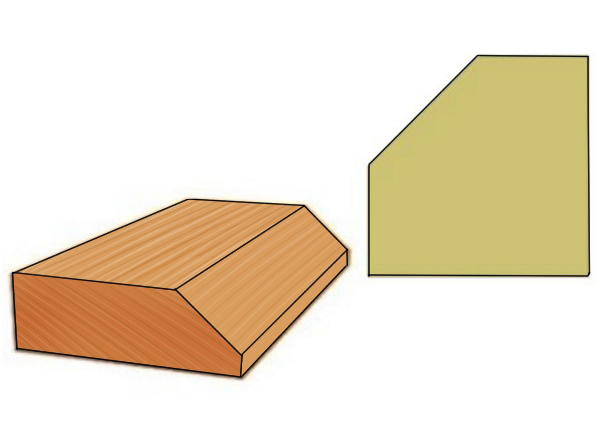 |
A chamfer is an angled cut made across the corner of a material, to remove the 90-degree edge. A chamfer cut can be made using a V-groove or chamfer router bit. A chamfer cut is often made when constructing a mitre joint, and can also be known as a mitre cut when at the end of a piece of material. Mitre joints involve making a 45-degree chamfer along the edge of two pieces of material, and then attaching them to form a 90-degree corner. A mitre joint is commonly used to make picture frames. |
|||
Routing veining |
||||
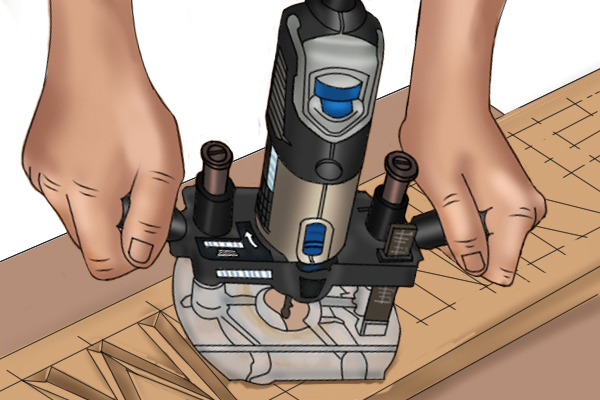 |
Veining is the process of making very thin straight or curved cuts in the surface of wood or other materials. The bottom of the grooves are usually rounded, like veins. It's similar to engraving and the terms are sometimes used interchangeably, but engraving involves removing much less material by scratching or etching the surface, rather than making deeper cuts. Veining is most commonly used for lettering applications. It is usually done with a very thin V-groove, or engraver cutters, or round nose router bits. |
|||
Routing beading |
||||
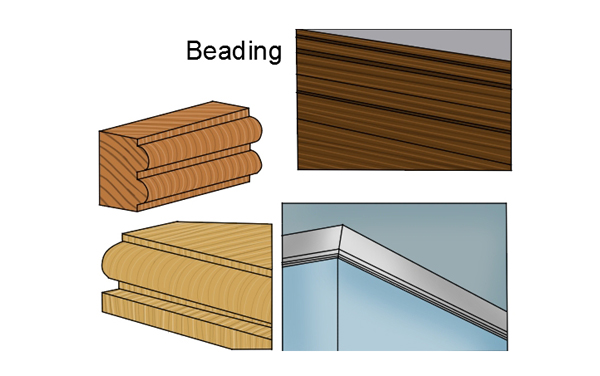 |
Beading is a decorative woodworking feature, similar in appearance to a mould. Although they look very similar, there are several differences between the two. Beading is usually made of wood, whereas a mould is often made from plaster or plastic, as well as wood. The shapes created on beads are usually less complex than those on moulds. |
|||
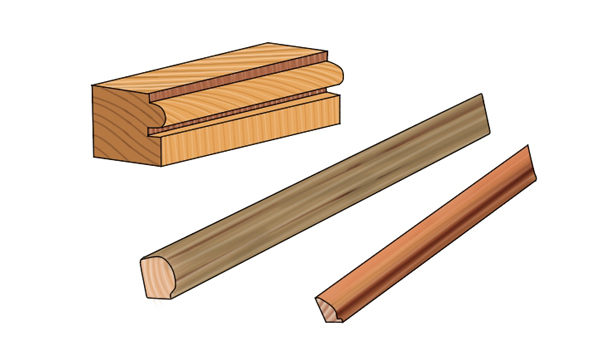 |
Beading usually consists of rounded edges of different sizes, in the style of a string of beads, hence the name. Beading is most commonly used for practical reasons, such as to hide cables or wires, or to conceal the joint between two materials like the seam where a wall meets a floor. Although moulding can also be used in this way, it is usually used just decoratively. |
|||
Routing moulding |
||||
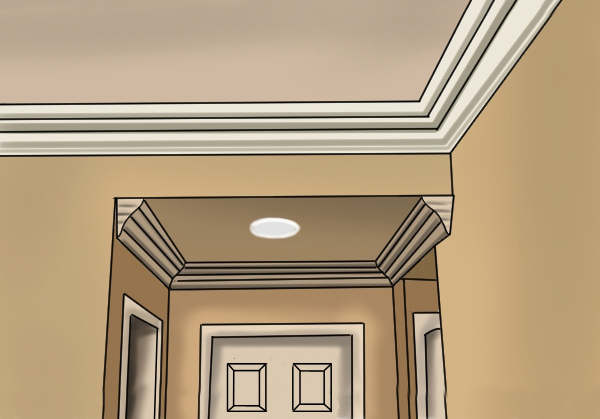 |
Moulding is a building feature used for both decorative and practical purposes. It is usually used in the form of strips of material made from wood or plaster. The face of a mould is commonly shaped to create an attractive finish. There are many different types of mould. The design can be very simple, and used to conceal cables or wires. Or, it can be very elaborate, and purely decorative. A moulding router bit is used to create the elaborate shapes characteristic of moulding. |
|||
 |
||||









